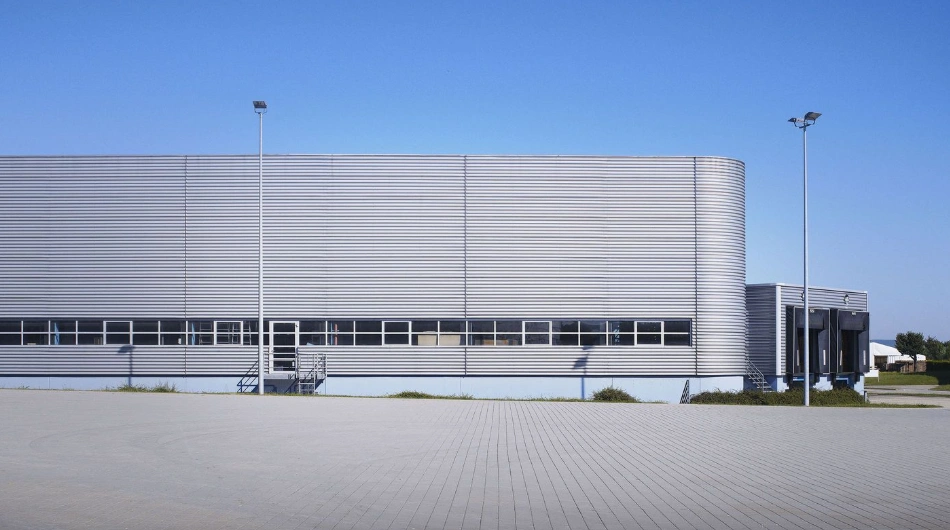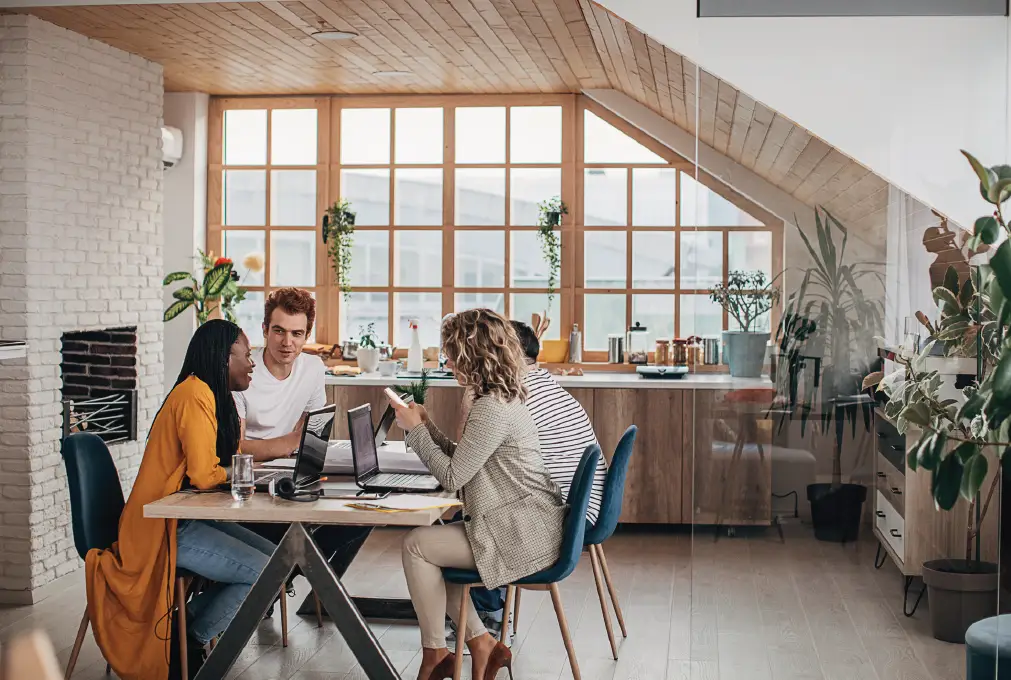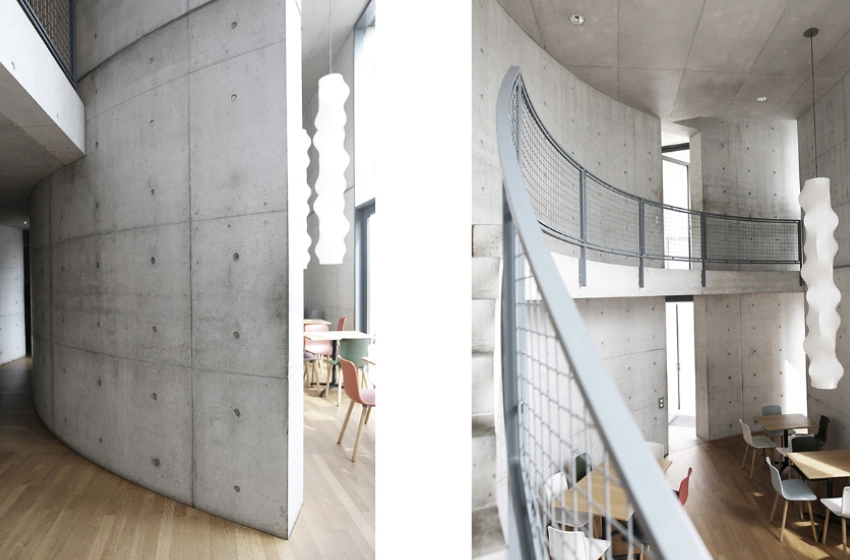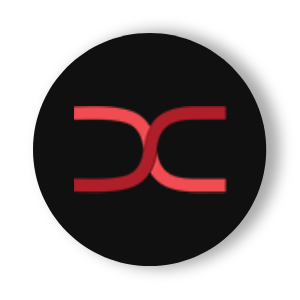
The evolution of corporate workspaces is directly linked to the growing need to balance high demands for results with employee well-being. This change is well represented by the emergence of decompression spaces, initially adopted by tech giants in Silicon Valley such as Google, Facebook, and LinkedIn.
In an increasingly competitive business world, companies need to extract the most focus, creativity, and problem-solving abilities from their employees. However, it is also essential to create an environment that promotes well-being and productivity, as no one can thrive under constant pressure and stress.
In response to this challenge, and following the trend of humanizing corporate environments – a process accelerated by the recent health crisis – decompression spaces have emerged. These environments provide a breather in the intense routine, allowing employees to rest their minds and, consequently, become more productive.
In this article, we explore the importance of decompression spaces in modern corporate office architecture and how experienced architects can incorporate them into their projects, aligning with current trends and relevant statistical data.
Understanding Decompression Spaces
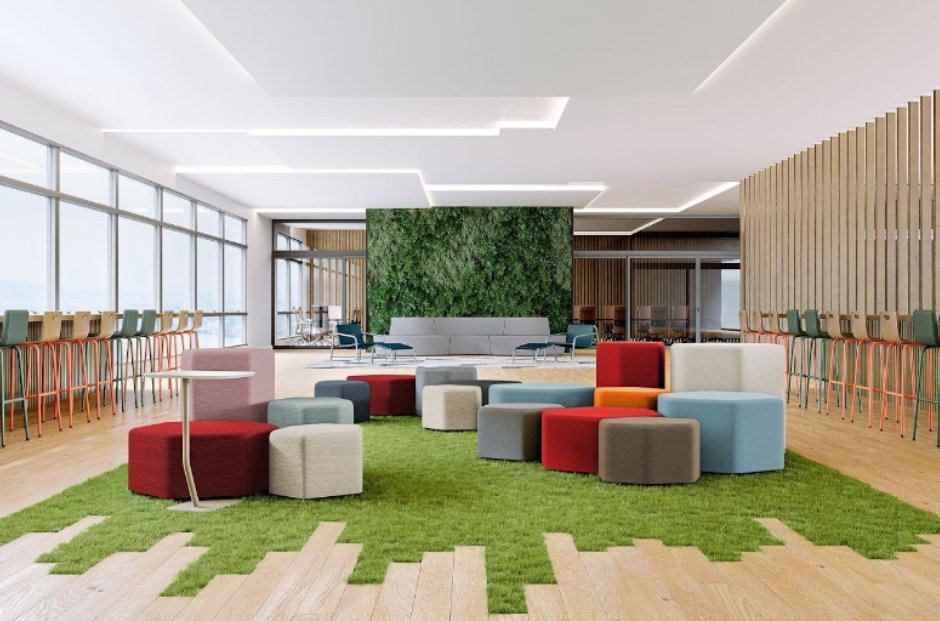
Decompression spaces are dedicated areas within an office, created with the aim of providing employees with a space where they can relax, disconnect from work for a while, and socialize with colleagues. The design of these spaces can vary from calm and serene areas rich in natural elements to vibrant and energetic spaces with games and playful activities.
However, it is essential to understand that these spaces are not “wasted space”. On the contrary, they represent a strategic investment that can result in tangible benefits for company performance.
The Impact of Decompression Spaces on Productivity and Employee Engagement
Several studies have examined the relationship between decompression spaces and employee productivity. According to research from the University of Illinois, regular periods of rest can reverse the decline in concentration capacity that occurs after long periods of continuous work.
Furthermore, a study by Gensler Global found that employees with access to a variety of workspace options are 1.3 times more likely to be engaged. Therefore, decompression spaces can contribute to increasing employee engagement, a crucial element for productivity and talent retention.
Decompression Spaces and Employee Well-being
Employee well-being in the workplace has become an increasingly important topic for companies. A report from Human Spaces indicates that employees working in environments with natural elements report a 15% increase in well-being levels.
Thus, when developing decompression spaces, one focus should be on incorporating natural elements. In addition to creating a visually pleasing environment, this strategy can improve employees’ mental health and increase their job satisfaction.
Decompression Spaces and Talent Acquisition and Retention
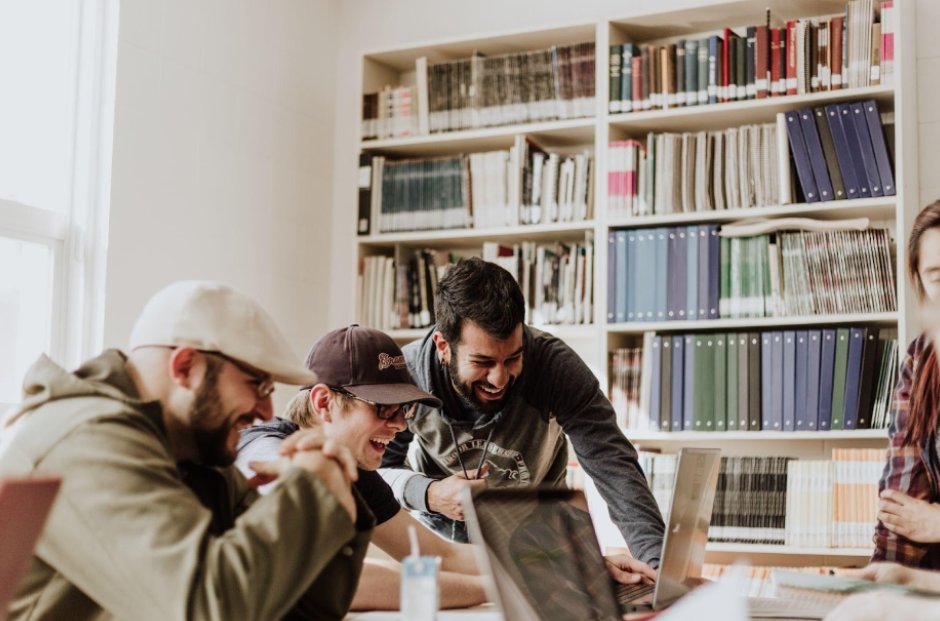
The most valuable asset of any company is its people, and in the race for talent, one factor stands out increasingly: the work environment. Job candidates not only evaluate salary and benefits but also corporate culture and the workspace. Thus, decompression spaces can become a strong argument for attracting and retaining talent.
According to a Gallup study, one of the key indicators of job satisfaction is the balance between work and personal life. By providing decompression spaces, companies demonstrate that they care about the well-being of their employees, promoting a healthier balance between the professional and personal spheres.
Trends in Decompression Spaces in Corporate Office Architecture

Decompression spaces have been constantly evolving, adapting to the new needs of workers and emerging trends in interior architecture. One popular trend is biophilic design, which incorporates natural elements such as plants, water, and natural light into decompression spaces. Additionally, the inclusion of areas for wellness practices like meditation and yoga is also gaining popularity.
Another trend is the use of technology in decompression spaces. This can range from utilizing virtual reality equipment to provide relaxing experiences to implementing advanced sound systems to create a comfortable acoustic environment.
Decompression spaces have become a fundamental component of modern corporate office architecture. For experienced architects, understanding the importance of these spaces and knowing how to incorporate them into their projects is vital.
By considering current trends and statistical data, architects can design decompression spaces that not only enhance productivity and well-being but also contribute to creating a strong and appealing corporate brand.
In the ever-changing world of corporate office architecture, the ability to adapt and innovate is a valuable differentiator. Therefore, continue exploring new ideas and approaches to create effective and inspiring decompression spaces. With the right strategy, these spaces can transform the work environment, benefiting both employees and the company as a whole.
Summary:
- Definition of Decompression Spaces: Dedicated areas within an office designed to allow people to relax, recharge, and socialize.
- Impact on Productivity: Research shows that periods of rest can reverse the decline in concentration capacity and increase productivity.
- Influence on Employee Engagement: People with access to a variety of workspace options are 1.3 times more likely to be engaged.
- Promotion of Well-being at Work: Environments with natural elements increase employees’ well-being levels by 15%.
- Contribution to Talent Retention: Decompression spaces can be a strong argument for attracting and retaining talent, demonstrating the company’s concern for employee well-being.
- Trends in Corporate Office Architecture: Biophilic design, incorporating natural elements, and the inclusion of technology in decompression spaces are popular trends.
Conclusion: The inclusion of decompression spaces is essential in modern corporate office architecture. They can improve productivity, promote well-being, and help with talent retention, while also strengthening the corporate brand.

